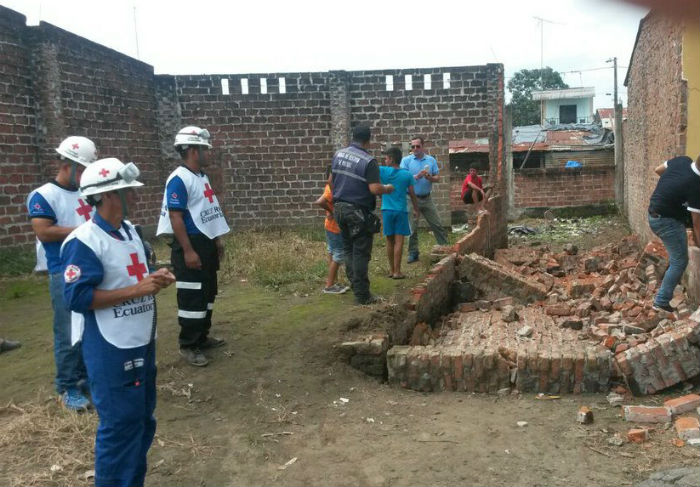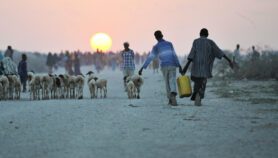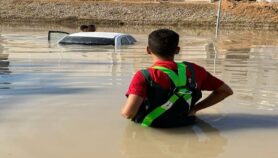By: Lou Del Bello
Send to a friend
The details you provide on this page will not be used to send unsolicited email, and will not be sold to a 3rd party. See privacy policy.
The earthquake that last week killed at least 570 people in Ecuador is only the latest dot on the infamous Ring of Fire.
Comprising a string of highly seismic sites and about three-quarters of the world’s active volcanoes, the Ring of Fire stretches all the way up the western coast of the Americas, round to Japan and on to the Philippines and New Zealand.
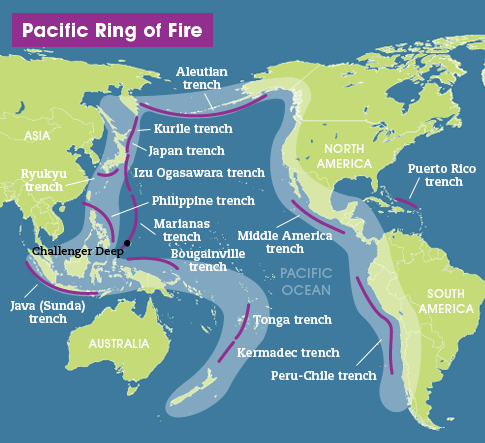
Approximately 90 per cent of recorded earthquakes happen along this ring, making it an important location for scientists as well as a place that needs to be closely monitored to try to protect people living along it.
In the interview below, seismologist Susanne Sargeant explains how Ecuador’s earthquake was caused by the Nazca and Pacific plates, located between New Zealand and South America, rubbing together.
The Earth’s surface is made from a floating jigsaw of such tectonic plates. Although large earthquakes are perceived as exceptional occurrences, the plates are constantly moving, albeit very slowly, and they are prone to shocks where they meet.
This can cause earthquakes and tsunamis, but there is no way to predict exactly when and where they will strike, Sargeant says.
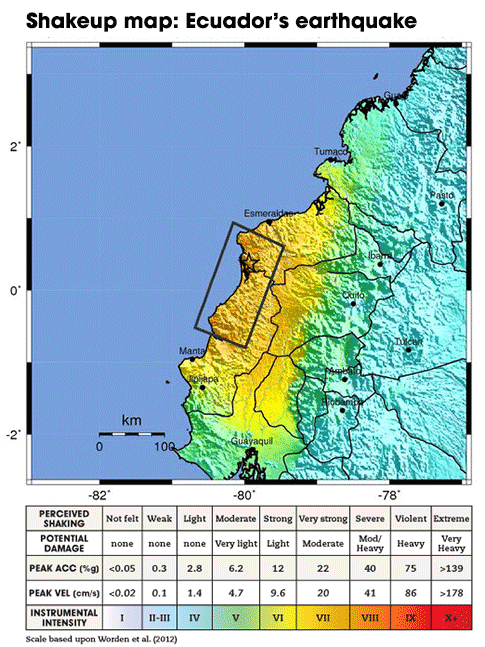


In a statement, the UN Special Representative for Disaster Risk Reduction Robert Glasser warned that the growth of densely populated cities in seismic areas raises the risk earthquakes pose, and preparedness is the only tool to ensure an earthquake-resistant future.
When this interview was recorded, the death count in Ecuador was just above 200, but the toll has rapidly risen since then. Powerful aftershocks have caused further damage.
If there is a lesson to learn from the tragedy, Sargeant says, it is the importance of weaving seismic awareness into the fabric of future cities, both architecturally and culturally. This may mean designing earthquake-proof buildings, but also learning to protect the most vulnerable, such as the elderly and children, in case of disasters.


